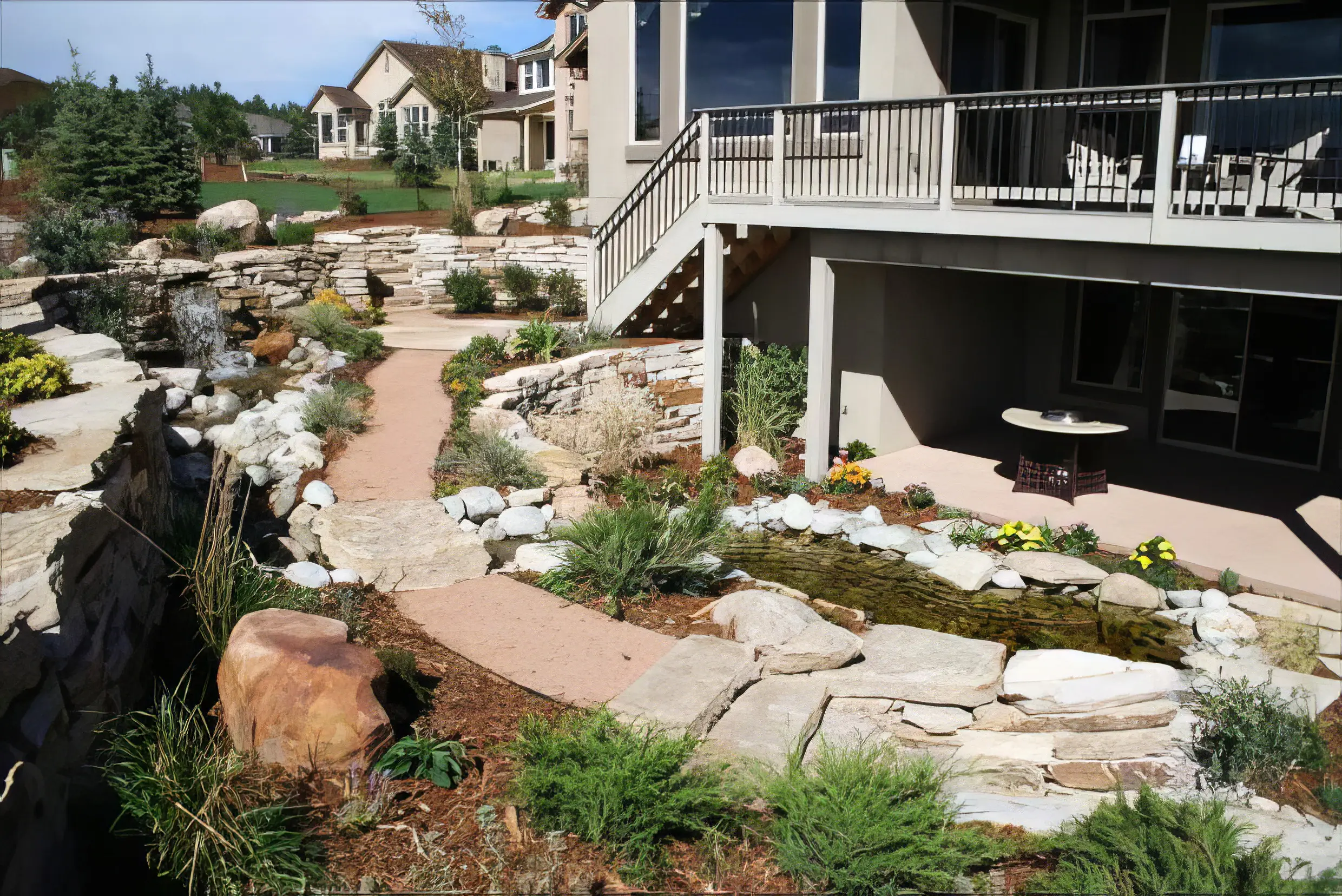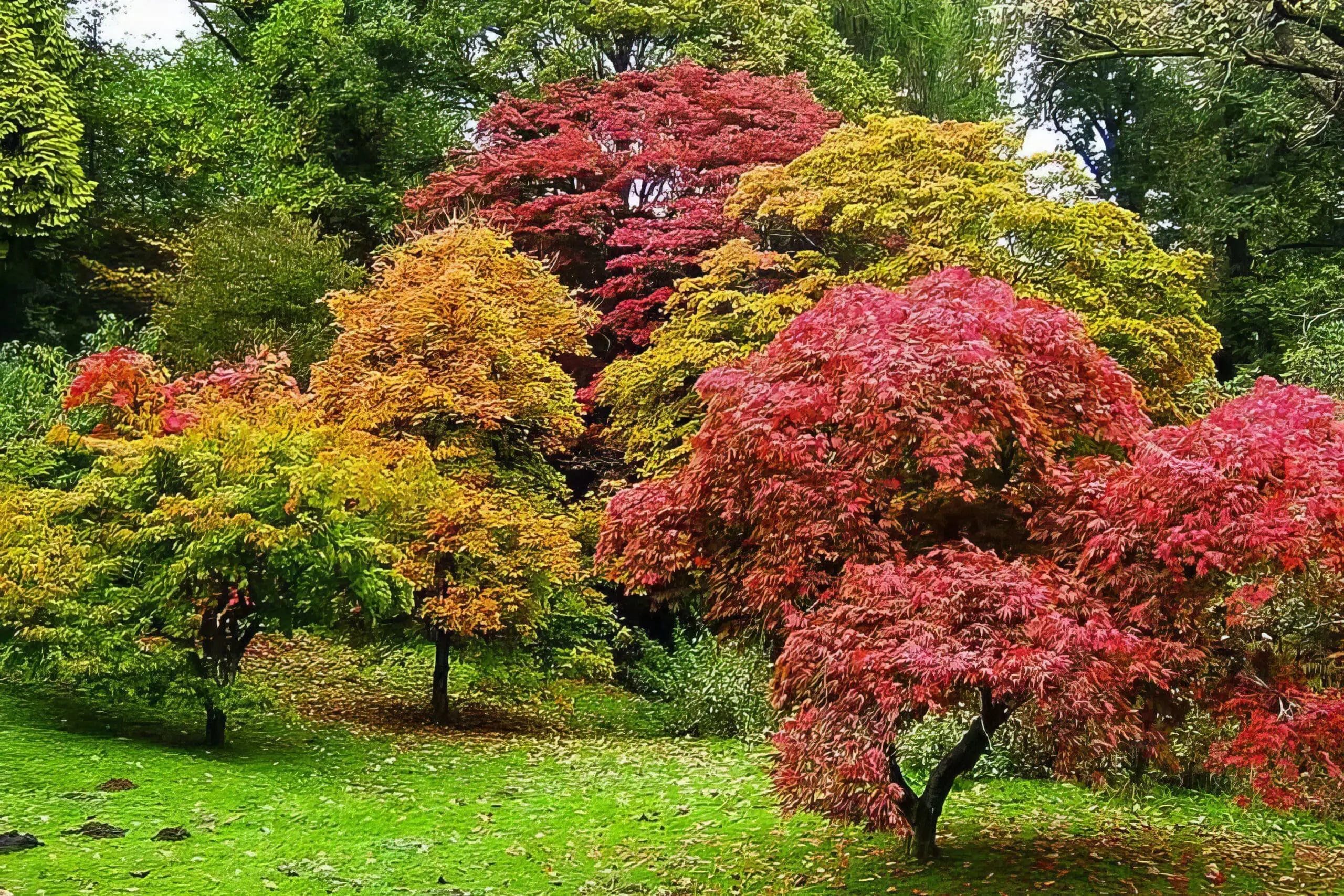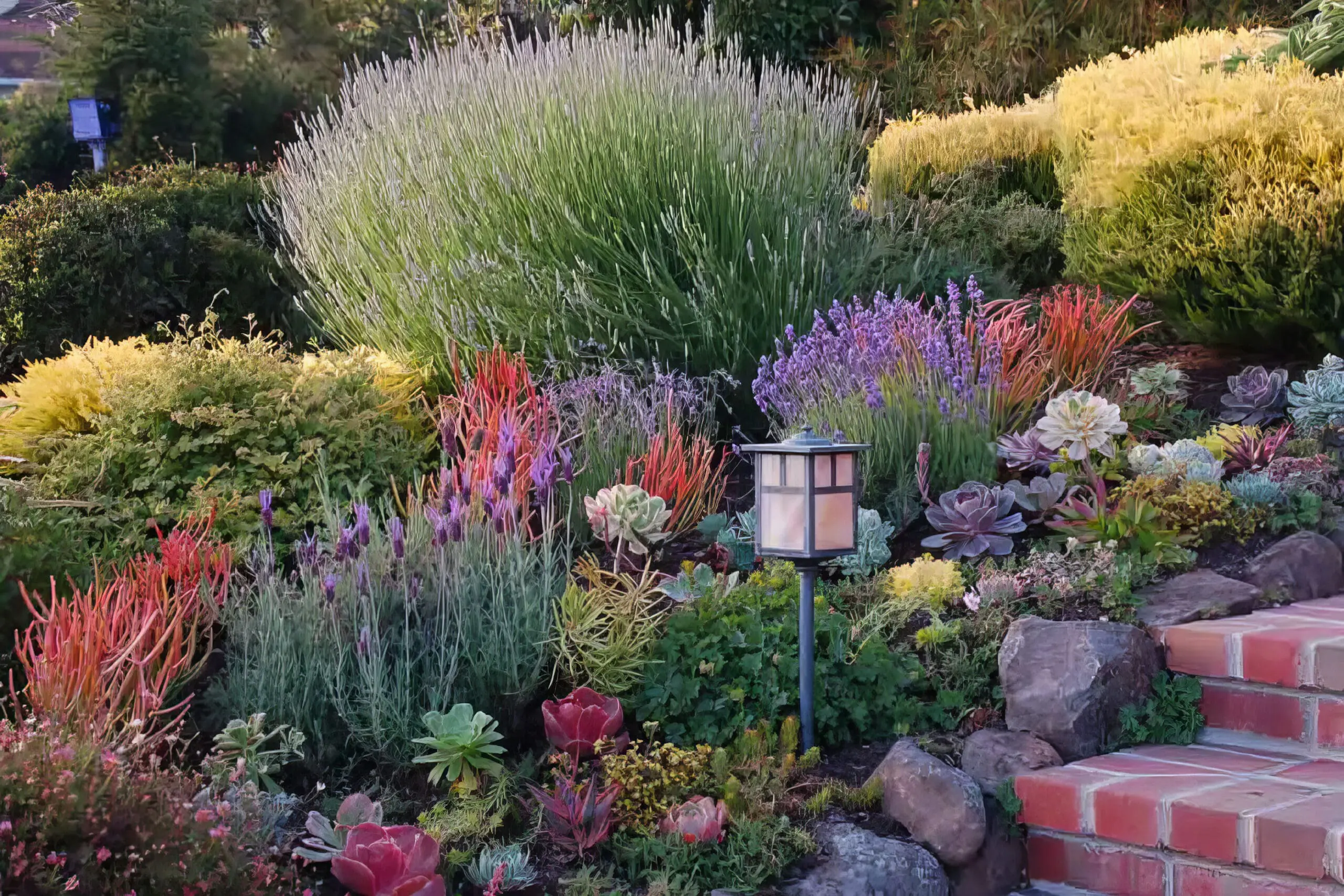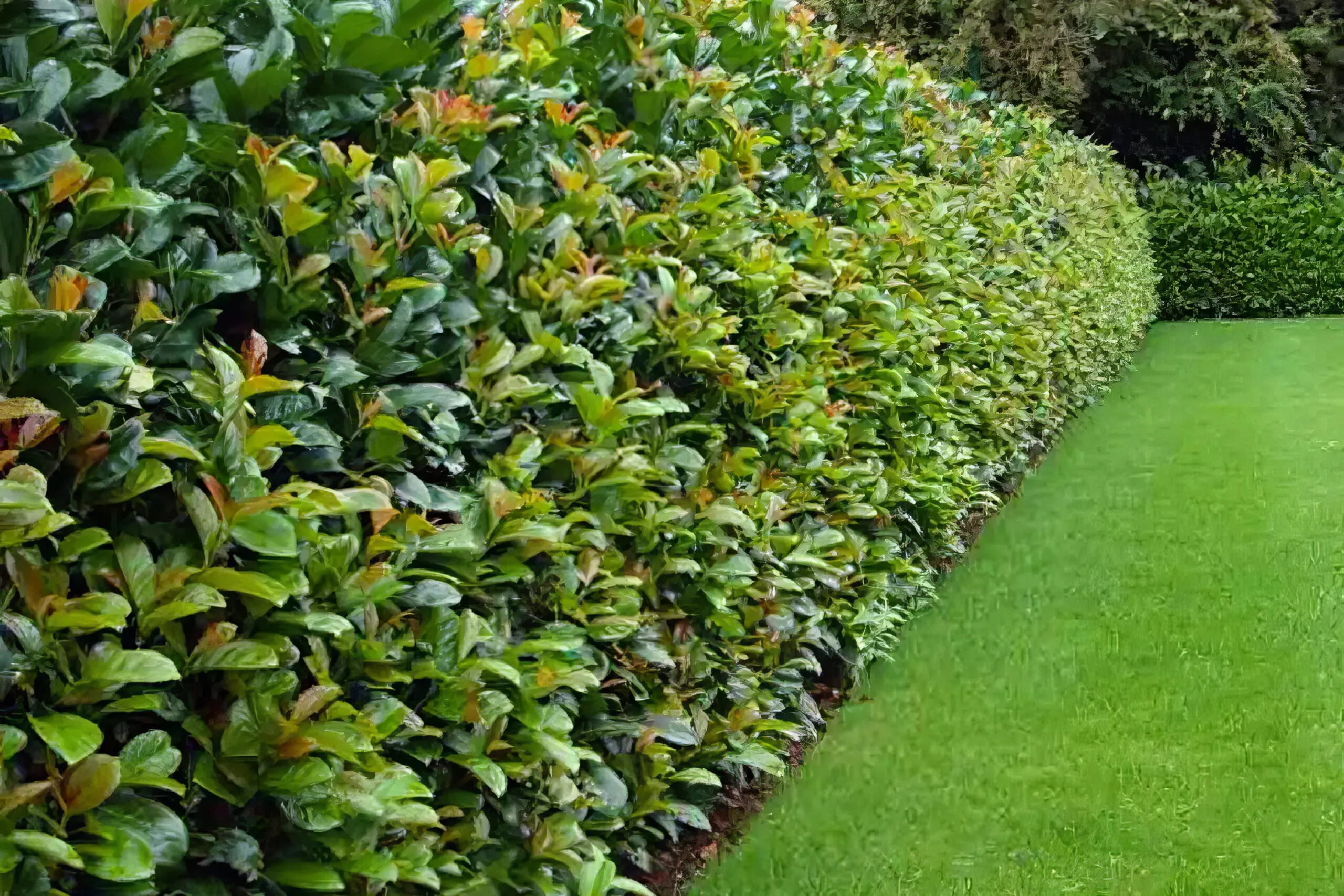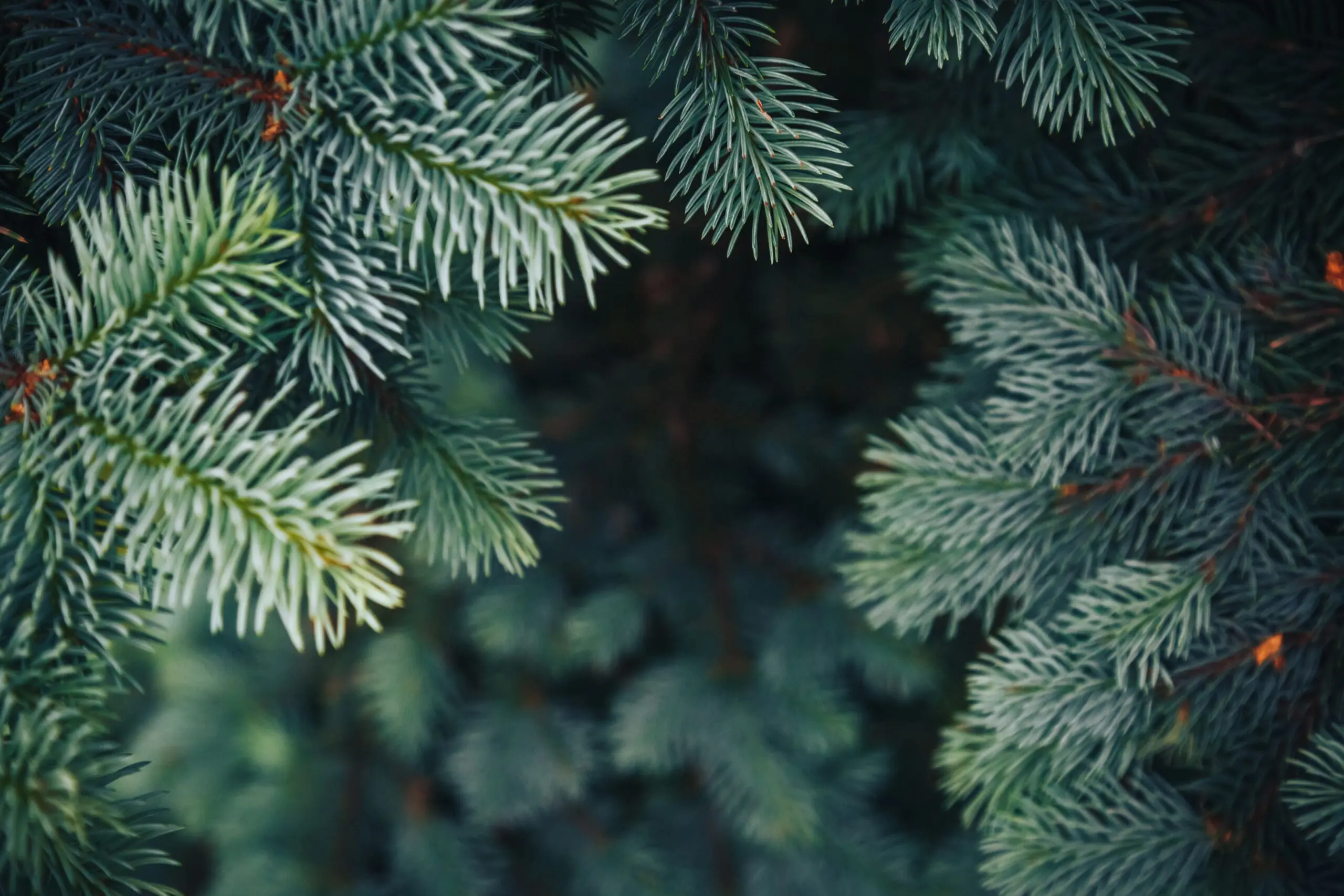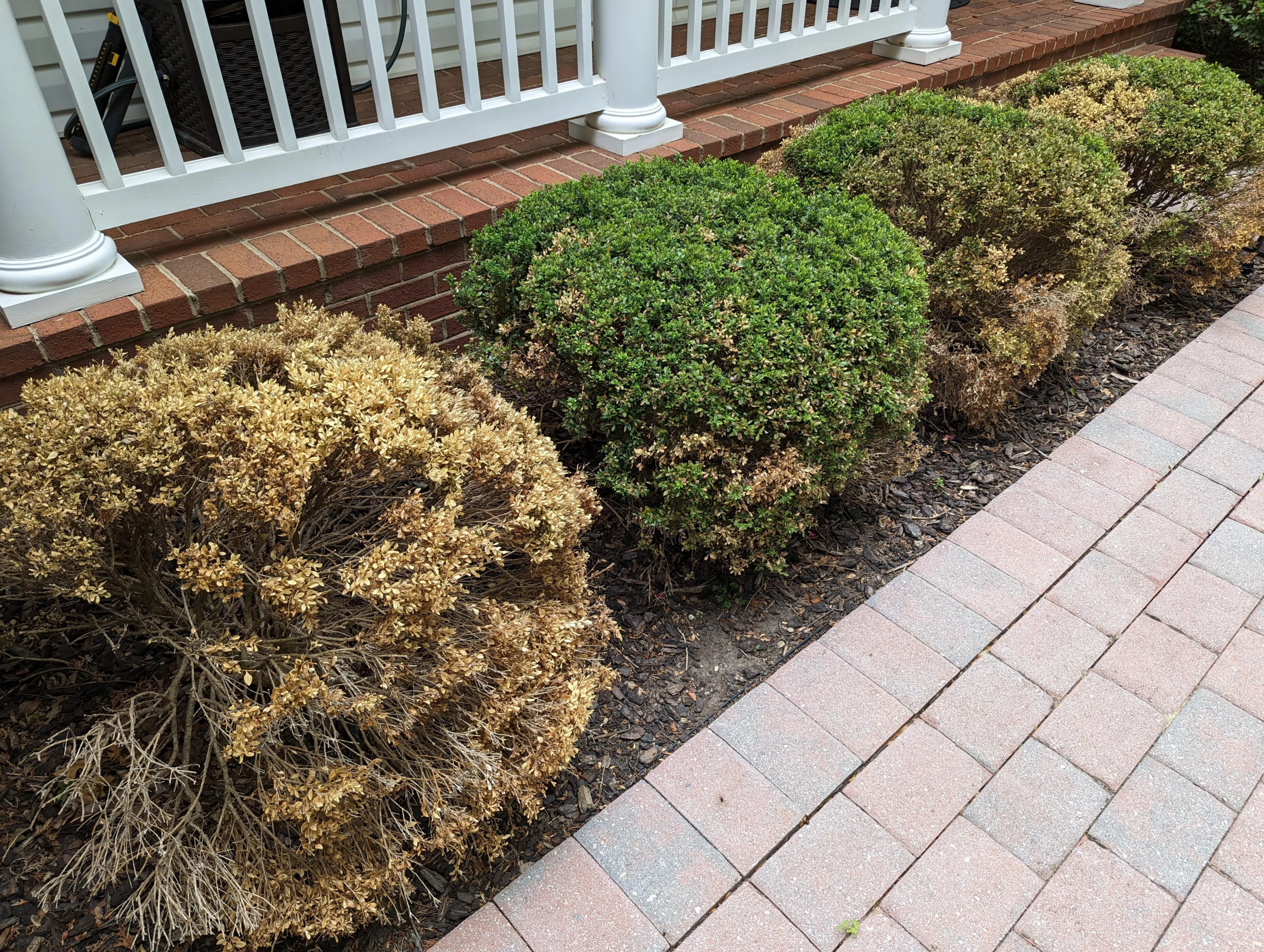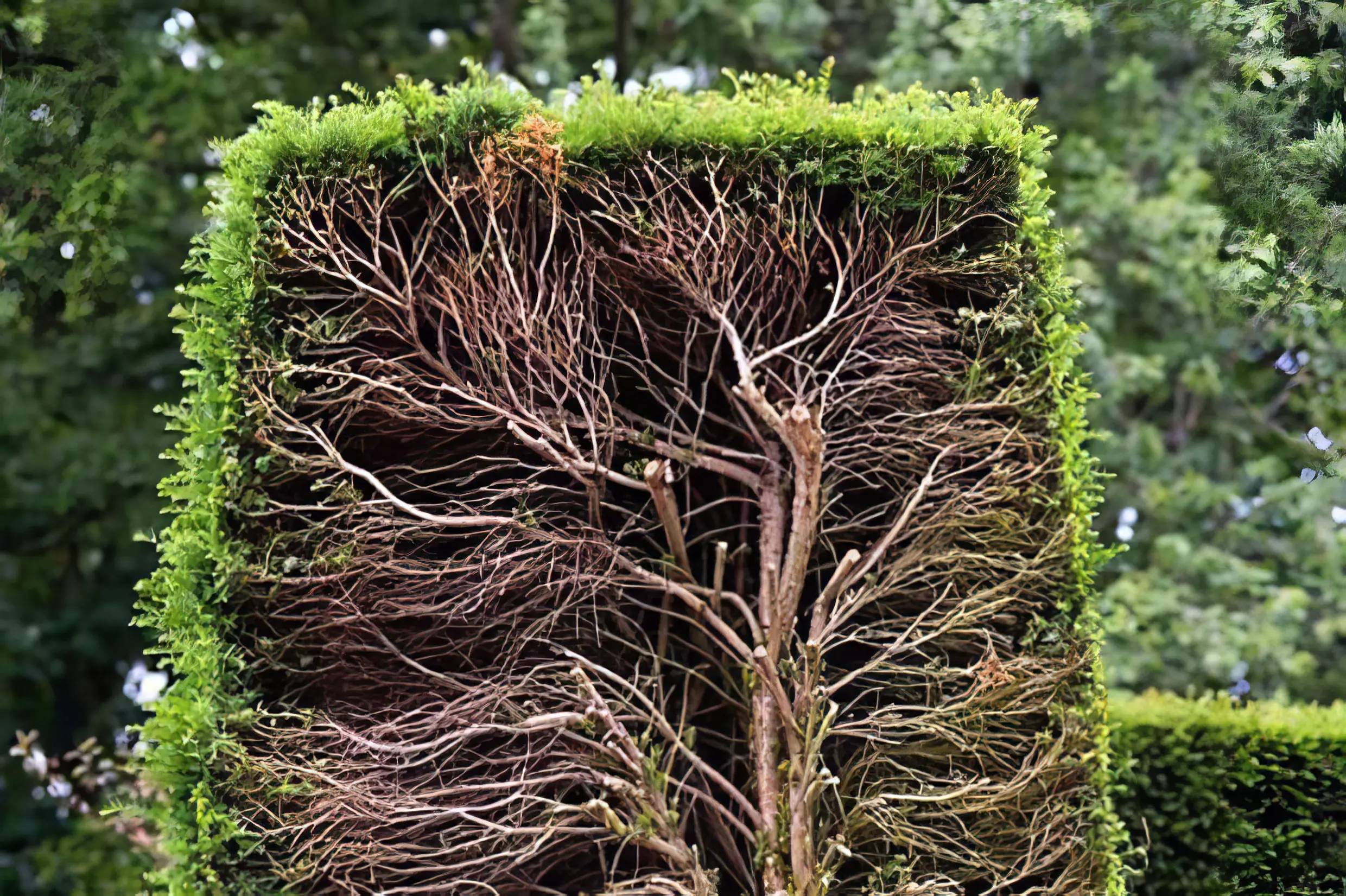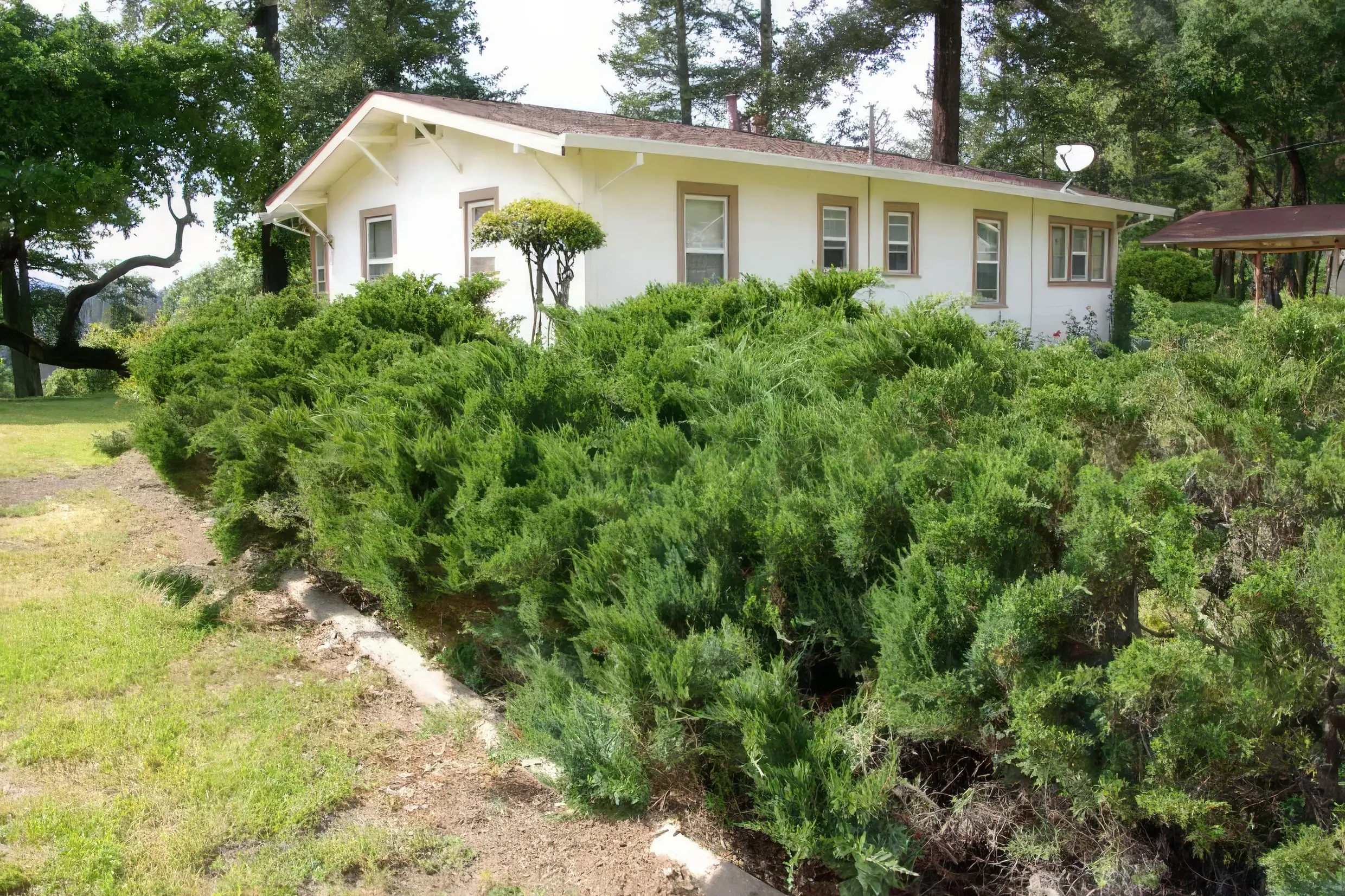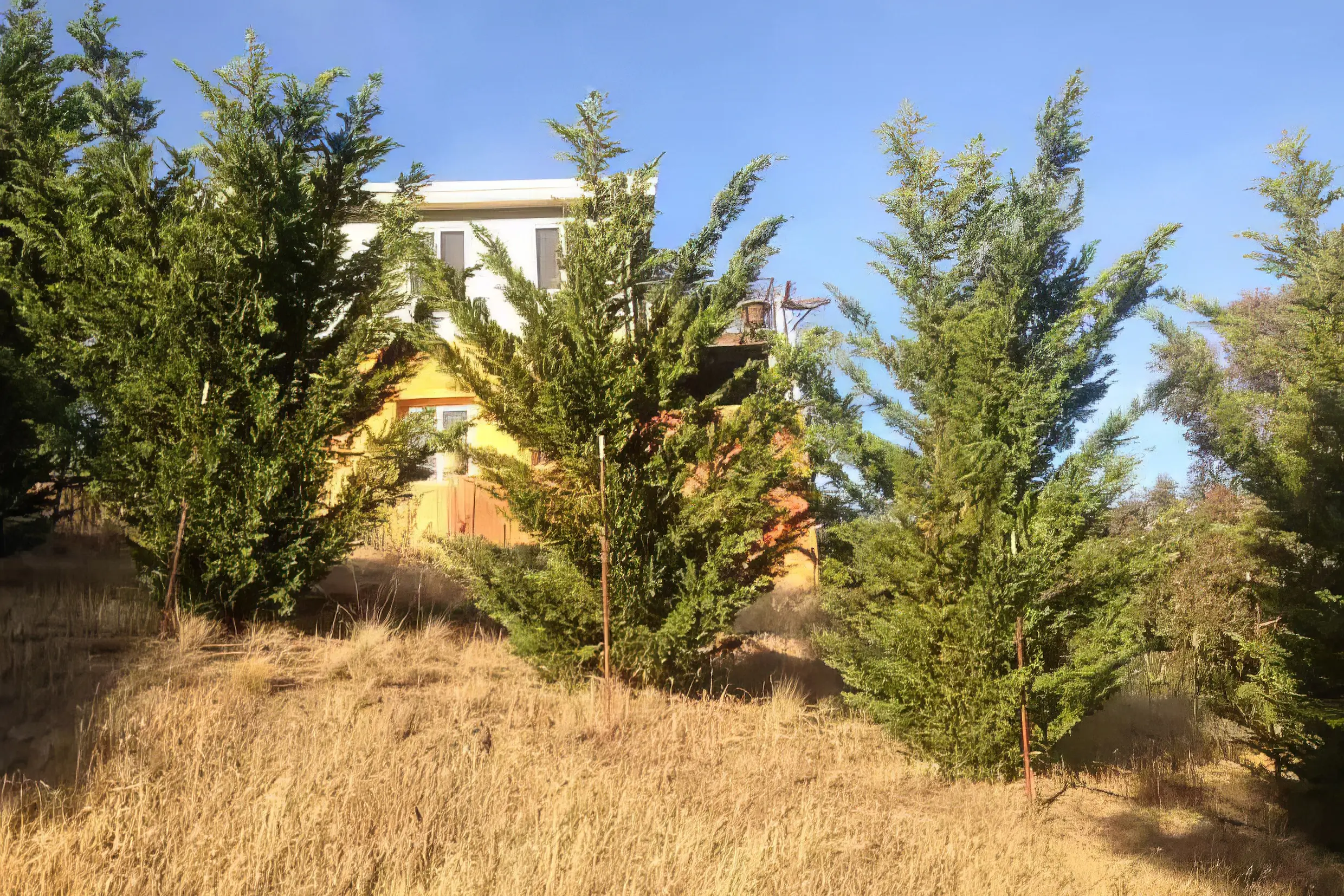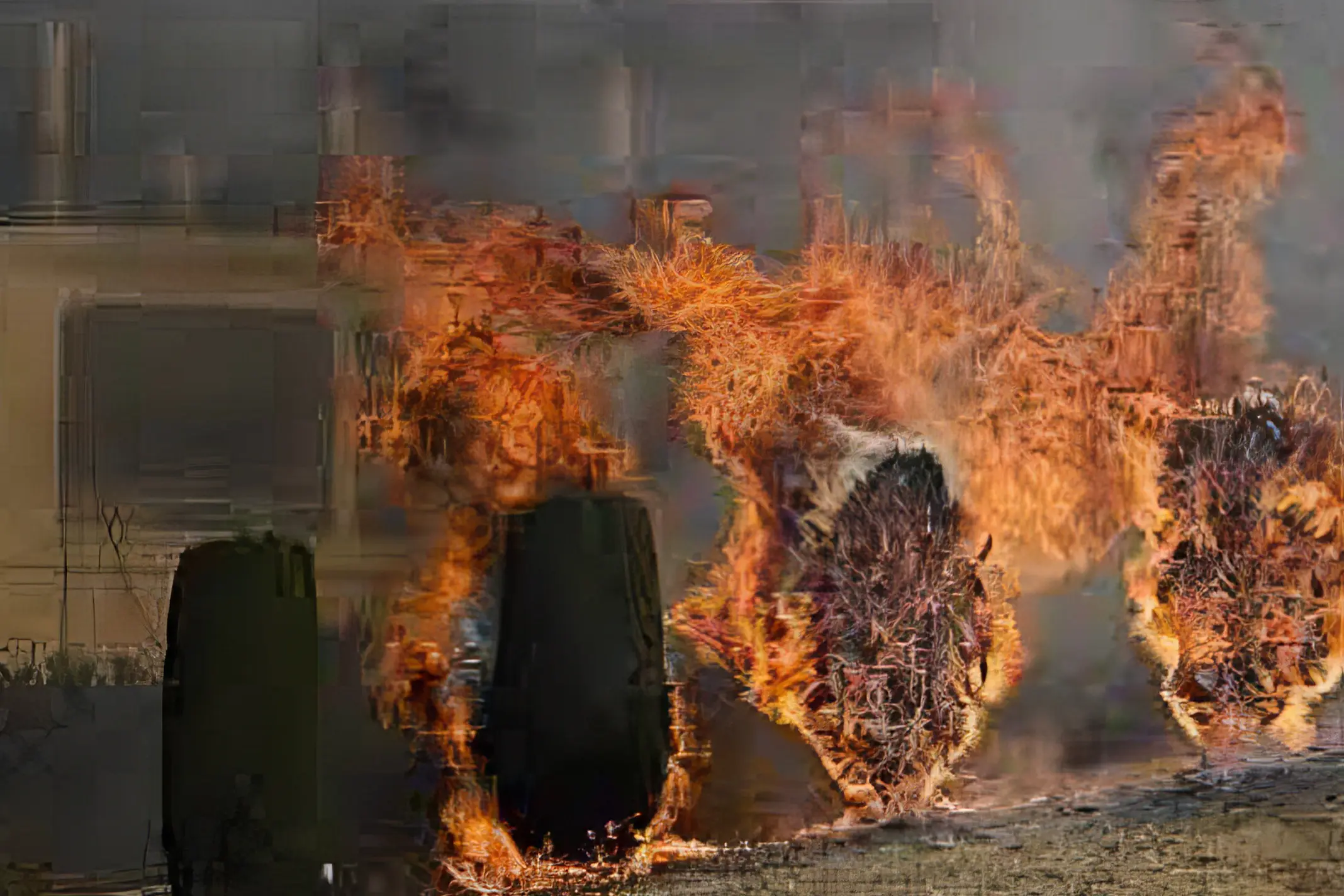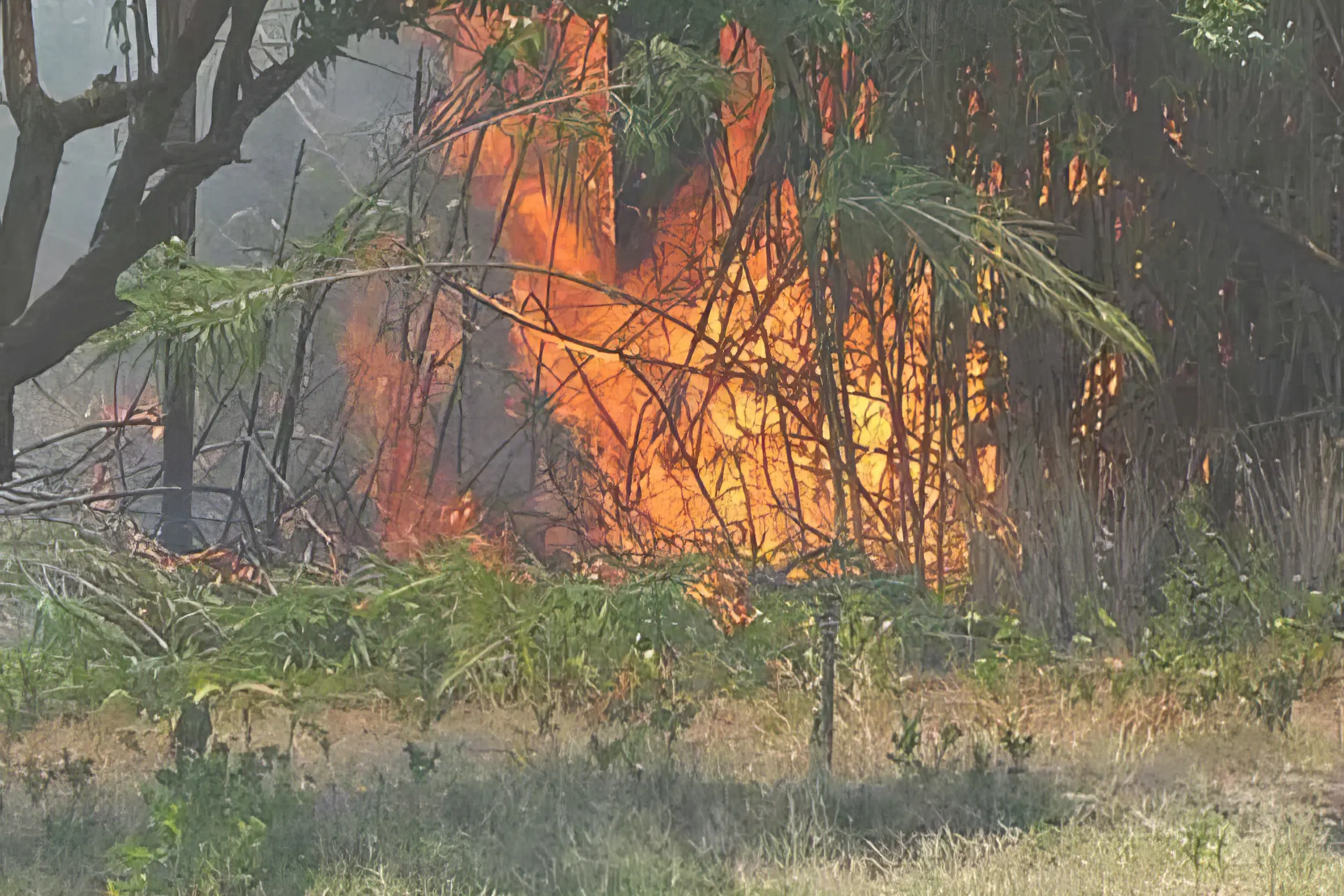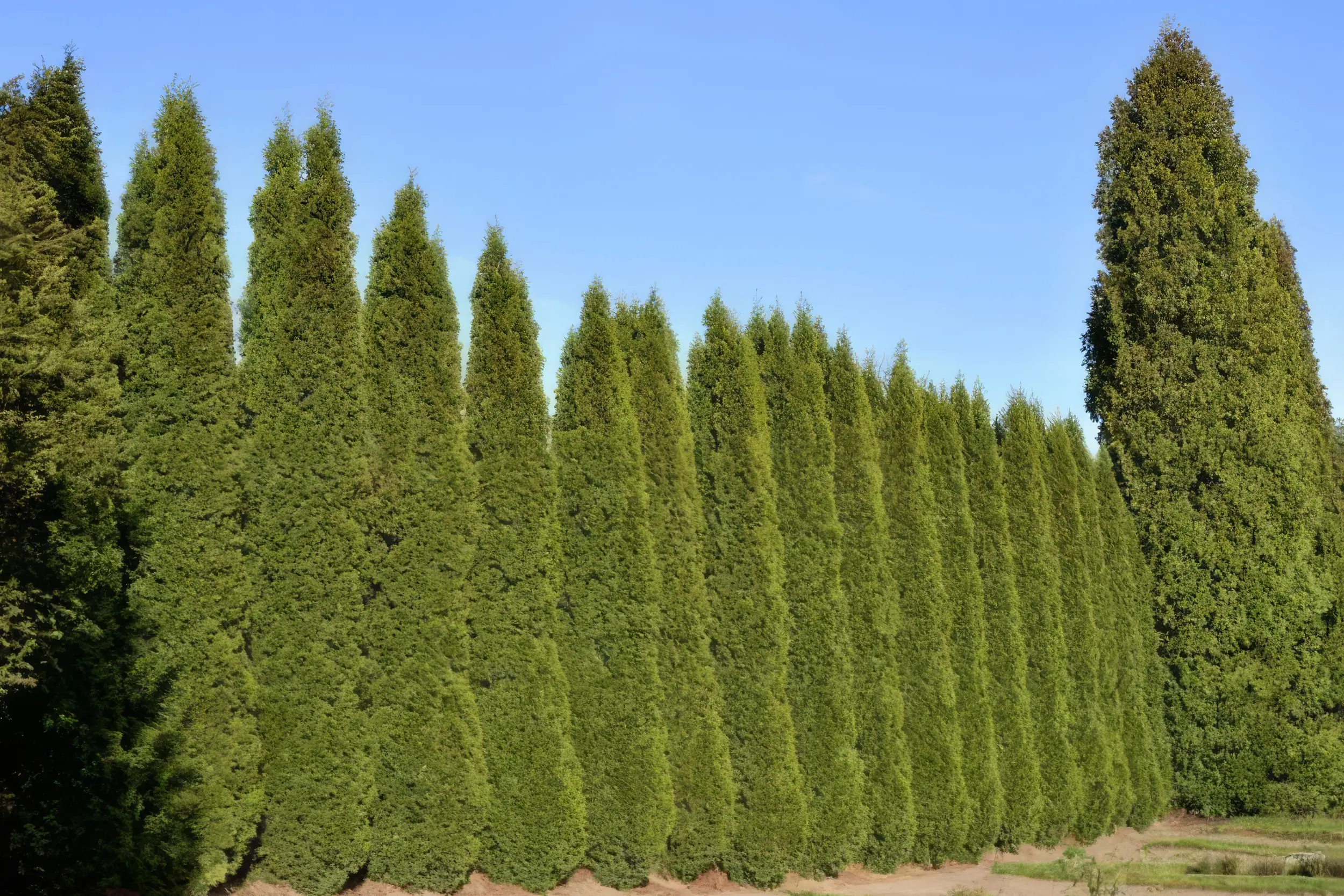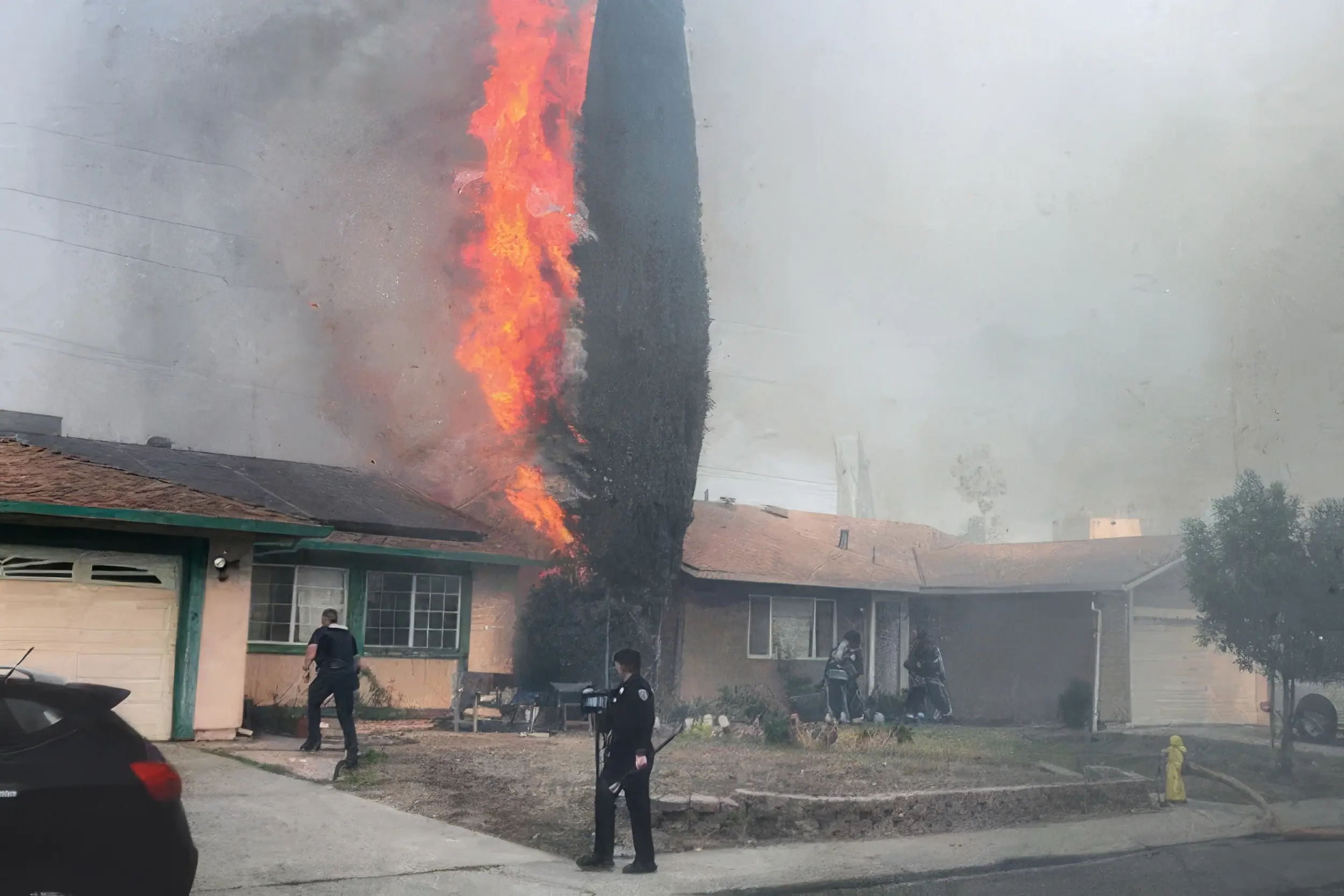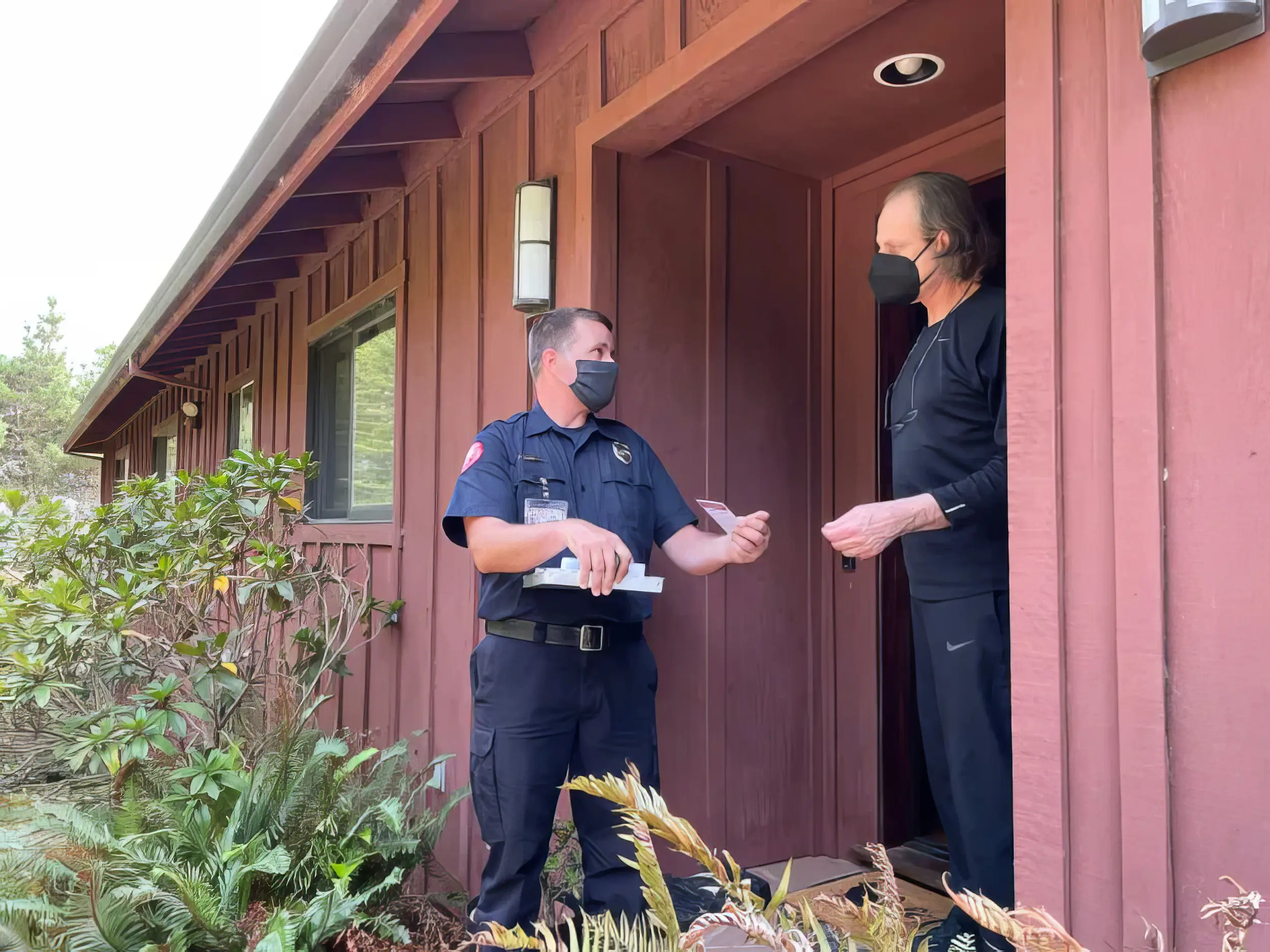In University of California Agriculture and Natural Resources Publication 8695, Valachovic, Quarles and Swain* pose the following question and response: “Is there such a thing as a “fire safe” plant? While some plants are marketed and described as “fire safe” or “fire resistant,” all plants will burn under the right conditions, regardless of their classification. A plant’s environment and maintenance generally have more influence on the combustibility of the plant than does its characterization as fire safe or not fire safe. For example, a plant with a good water supply could have a greater growth form (that is, grow taller and wider) and hold leaves longer, whereas a plant in a stressed or drought condition may have stunted growth and accumulate dead materials. Therefore, a certain species may be relatively fire resistant in one environment and less so in another. Some plants, such as lavender, may initially have lush supple growth, but several years later, the growth may be woody and choked with dead materials. Other plants, under a green surface, may develop a highly combustible dead thatch layer.
Fire-smart landscaping uses carefully chosen and well-maintained plants that are strategically planted to resist the spread of fire to your home. To create a fire-smart landscape, maintenance and design are often more important than the plant species itself. That said, some “fire-hazardous” plants burn readily and should be avoided in residential landscaping.

